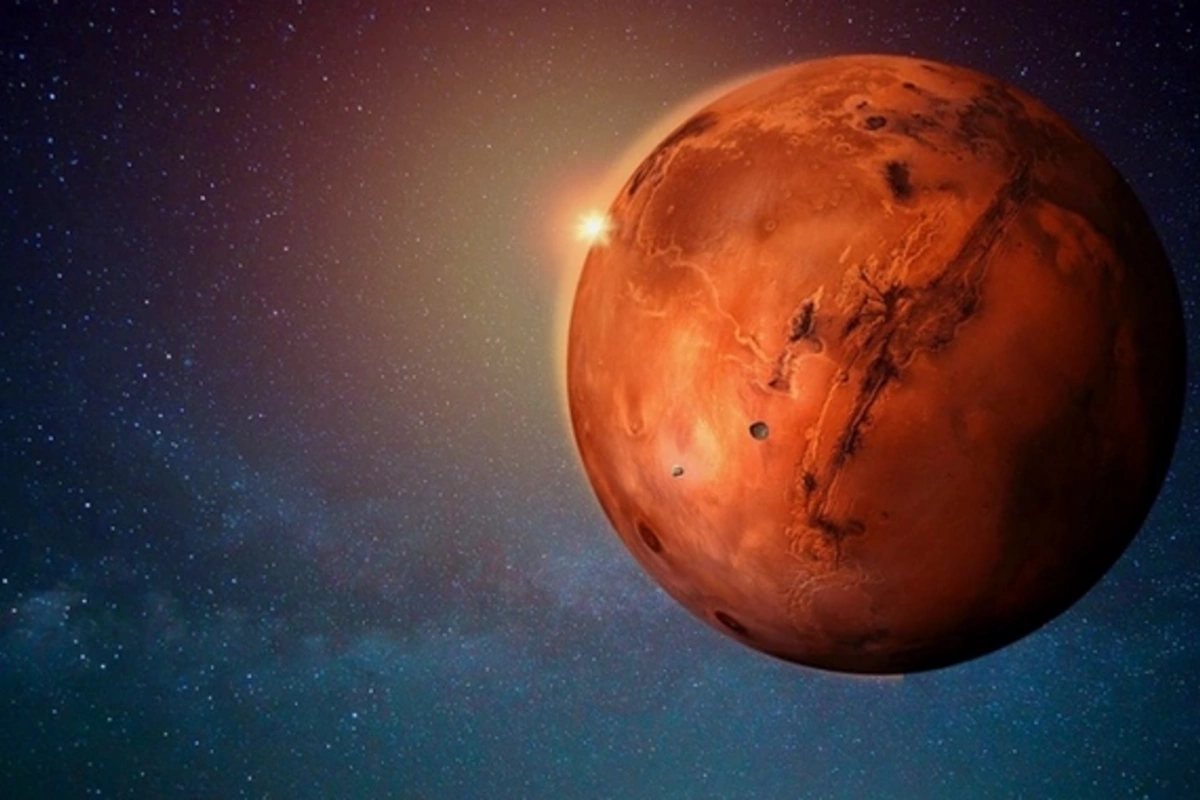19 May , 20:19
0

Mystery of Martian streaks solved: artificial intelligence refutes the "water" theory. Results of the revolutionary research published in the journal Nature Communications.
These mysterious formations first came to scientists' attention back in 1977 in images from the legendary Viking mission. Particular scientific excitement was caused by the so-called Recurring Slope Lineae (RSL), which mysteriously appear and disappear over time, predominantly in the southern mountainous regions of the Red Planet. For many years, the scientific community leaned toward the version that these mysterious furrows were formed due to seasonal ice melting or the presence of salt water.
However, revolutionary research led by Adomas Valantinas from Brown University has overturned established notions. Armed with advanced artificial intelligence technologies, scientists conducted a large-scale analysis of more than 86 thousand highly detailed images of the Martian surface. As a result, an impressive number of streaks were discovered – about half a million (484 thousand dark and 13 thousand light ones), predominantly in the northern hemisphere of the planet.
After comparing the distribution map of these mysterious formations with comprehensive data on temperature, wind patterns, humidity, and other climatic parameters, the researchers came to an unexpected conclusion: the formation of these lines has nothing to do with water. On the contrary, their appearance is completely explained by dry geological processes – dust blowing and settling, rockfalls, and the effects of Martian winds. Notably, the highest concentration of streaks is observed on the walls of young craters, where dust particles easily slide down under the influence of gravity.
Thus, the mysterious Martian lines, long considered potential evidence of water presence, turned out to be merely the result of dust and wind processes. As emphasized by one of the key research participants, Valentin Bickel from the University of Bern, the developed artificial intelligence model clearly points to the dry nature of these intriguing formations.